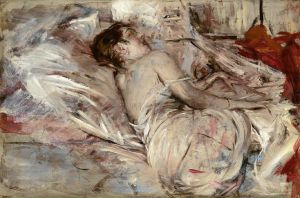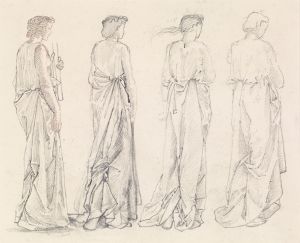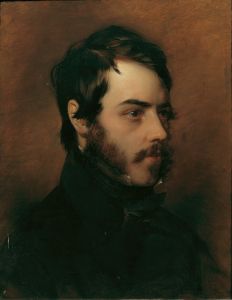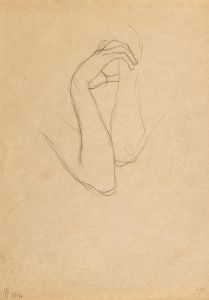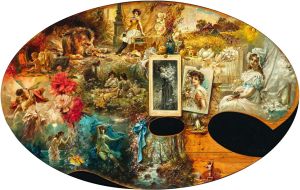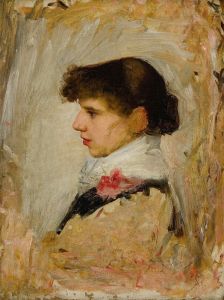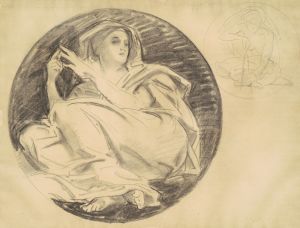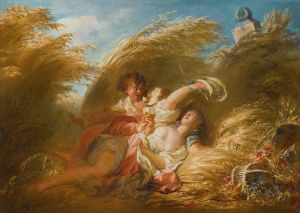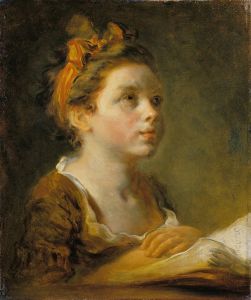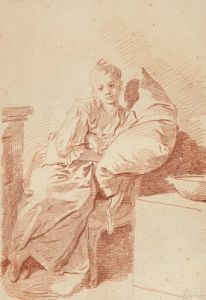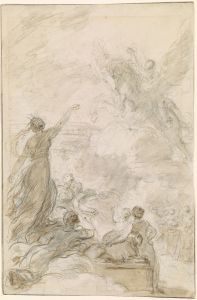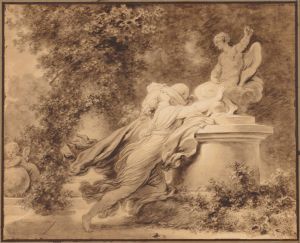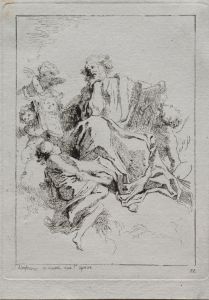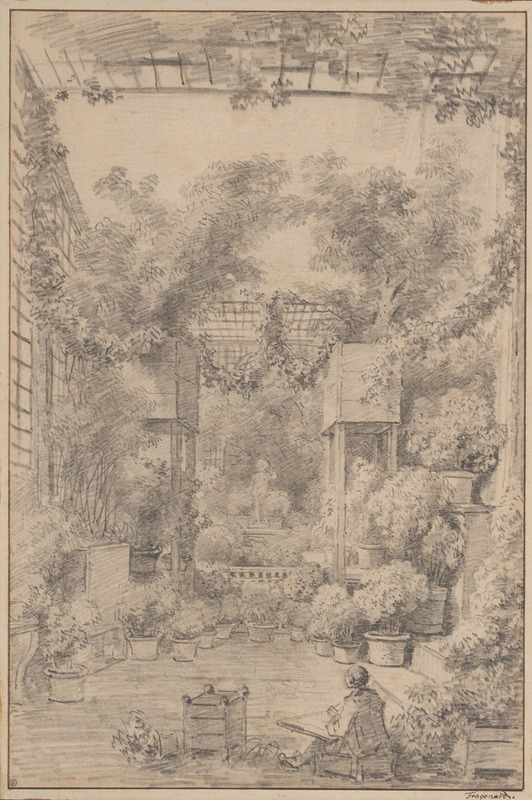
The Draftsman
A hand-painted replica of Jean-Honoré Fragonard’s masterpiece The Draftsman, meticulously crafted by professional artists to capture the true essence of the original. Each piece is created with museum-quality canvas and rare mineral pigments, carefully painted by experienced artists with delicate brushstrokes and rich, layered colors to perfectly recreate the texture of the original artwork. Unlike machine-printed reproductions, this hand-painted version brings the painting to life, infused with the artist’s emotions and skill in every stroke. Whether for personal collection or home decoration, it instantly elevates the artistic atmosphere of any space.
Jean-Honoré Fragonard's "The Draftsman" is a captivating work that exemplifies the artist's skill and the Rococo style's emphasis on lightness, elegance, and playful themes. Fragonard, a prominent French painter of the 18th century, is renowned for his exuberant and fluid brushwork, which is evident in this particular piece.
"The Draftsman" depicts a young artist engrossed in his work, capturing the essence of creativity and concentration. The painting is characterized by its dynamic composition and the use of soft, flowing lines that guide the viewer's eye across the canvas. Fragonard's adept use of light and shadow adds depth and dimension to the scene, highlighting the draftsman's focused expression and the intricate details of his surroundings.
Fragonard was a master of capturing intimate moments, and "The Draftsman" is no exception. The painting reflects the Rococo period's fascination with personal and leisurely pursuits, as well as the era's appreciation for art and creativity. The draftsman's attire and the setting suggest a sense of comfort and ease, typical of the Rococo's departure from the grandeur and formality of the preceding Baroque period.
The Rococo movement, which flourished in France during the early to mid-18th century, is characterized by its ornate and decorative qualities. It often features themes of love, nature, and playful scenes, rendered in pastel colors and intricate details. Fragonard, along with other artists like François Boucher and Antoine Watteau, played a significant role in defining this artistic style.
Fragonard's career was marked by his ability to adapt to the changing tastes of his time. He initially trained under François Boucher and later studied at the French Academy in Rome, where he was influenced by the works of the Italian masters. Upon returning to France, Fragonard gained popularity for his genre paintings, which often depicted romantic and idyllic scenes.
"The Draftsman" is a testament to Fragonard's versatility and his keen observation of human nature. While the painting's exact date of creation is not definitively known, it is believed to have been produced during the height of Fragonard's career, when he was celebrated for his ability to capture the spirit of the Rococo era.
Today, Fragonard's works, including "The Draftsman," are appreciated for their technical brilliance and their ability to convey the joy and spontaneity of life. His paintings are housed in major museums and collections worldwide, where they continue to be studied and admired for their contribution to the Rococo movement and their enduring appeal.
In summary, "The Draftsman" by Jean-Honoré Fragonard is a quintessential example of Rococo art, showcasing the artist's mastery of composition, light, and subject matter. It remains a significant piece that reflects the cultural and artistic values of 18th-century France.





